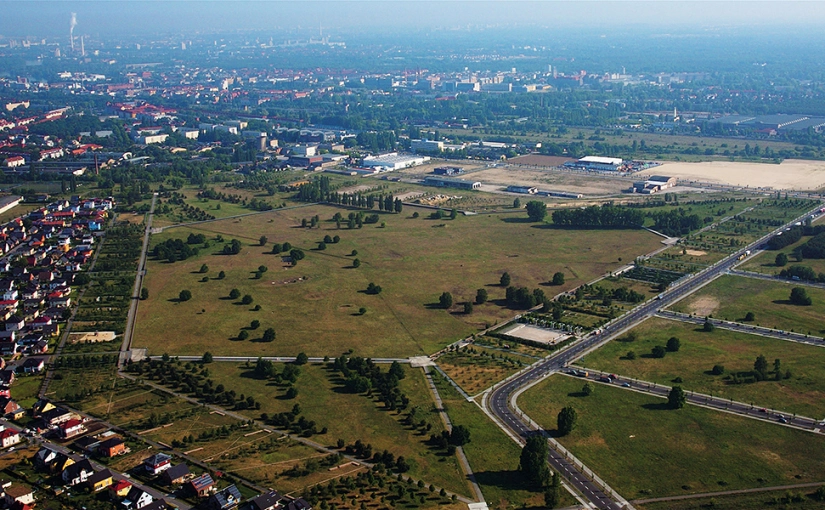The most frequently quoted reference on locality is probably Christian Norberg-Schulz’s book ‘Genius Loci’. He stresses the importance of place for our existence—whatever happens, happens somewhere i.e. in a place. Place is not an abstract or quantifiable but a qualitative phenomenon. He criticises the way that modern architecture deals more with abstract functionality that can be applied in a generic way than with tangible meaning that is specific to a place. For Norberg-Schulz, “the existential purpose of building (architecture) is therefore to make a site become a place, that is, to uncover the meanings potentially present in the given environment.”. In other words, the specific character of a site needs to be understood and developed. If this is achieved, people are able to really dwell there—a highly desirable goal for Norberg-Schulz, because it indicates a“total man-place relationship”. Two psychological needs are fulfilled in this ideal situation: orientation and identification. Following Kevin Lynch, he explains the importance of orientation for human dwelling: without orientation,“man feels lost’”. But identification with the environment is even more important. Identification means becoming friends with a particular environment and its properties.
Norberg-Schulz’s phenomenological call for real things and the importance of character and orientation are useful advice for designers of urbanisation projects—but the issue of identification is more difficult if you have a site that offers little with which people can identify. How can you design for identification then? This issue exposes a problem with Norberg-Schulz’s theory, which relies heavily on existing layers of history to which new construction has to relate. Although he stresses the importance of time and change in realising the genius loci by mentioning: “To respect the ‘Genius loci’ does not mean to copy old models. It means to determine the identity of the place and to interpret it in ever new ways.”, most of his arguments have a preservationist perspective, which isn’t much help in the face of rapid urbanisation. Another problem of his theory is the use of dualisms, like settlement versus landscape or natural spaces versus man-made spaces. Almost forty years after he wrote Genius Loci, these oppositions have become questionable in the light of contemporary debates on planetary urbanisation or the Anthropocene.
To summarise: Norberg-Schulz offers a deep analysis from a Western point of view and raises awareness of the topic. However, he gives scant advice on designing for locality in contemporary and future urbanisation projects on previously unsettled territory.
Paolo Bürgi, Cardada Geological Observatory (2000)




































